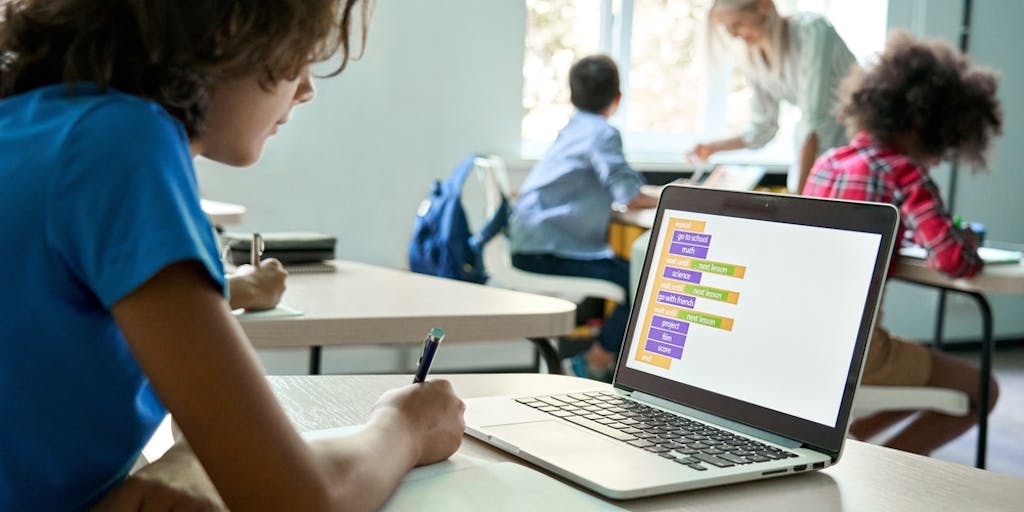Will AI Shrink Disparities in Schools, or Widen Them?
Artificial Intelligence (AI) has the potential to revolutionize education by providing personalized learning experiences for students, automating administrative tasks for teachers, and identifying areas for improvement in the education system. However, there is a concern that AI could widen the existing disparities in schools rather than reducing them.
How AI can shrink disparities in schools
One of the ways AI can help shrink the disparities in schools is by providing personalized learning experiences for students. AI algorithms can analyze students‘ learning styles, strengths, and areas for improvement to create customized learning paths for each student. This can help students who may be struggling to keep up with their peers or those who need extra challenges to reach their full potential.
AI can also help educators identify and address learning gaps among students. By analyzing students‘ performance on assessments and providing real-time feedback, AI can help teachers tailor their instruction to meet the specific needs of each student. This can help ensure that all students receive the support they need to succeed academically.
How AI can widen disparities in schools
On the other hand, AI has the potential to widen disparities in schools if not implemented thoughtfully. One concern is that AI algorithms may be biased, leading to unfair outcomes for certain groups of students. For example, if the data used to train an AI system is not representative of the student population, the algorithm may inadvertently disadvantage some students while favoring others.
Another concern is that AI may replace human teachers, especially in under-resourced schools where there is a shortage of educators. While AI can supplement teachers‘ work and provide valuable support, it cannot fully replace the human connection and individualized attention that teachers provide to students. This could lead to a lack of support for students who need extra help or guidance.
Conclusion
AI has the potential to shrink disparities in schools by providing personalized learning experiences for students and helping educators identify and address learning gaps. However, there are also concerns that AI could widen disparities if not implemented carefully. To ensure that AI is used effectively in education and benefits all students, it is essential to address issues of bias, accountability, and the role of human teachers in the learning process.
FAQs
1. Are AI algorithms unbiased?
AI algorithms can be biased if the data used to train them is not representative of the student population. It is crucial to ensure that AI systems are regularly audited and monitored for bias to prevent unfair outcomes.
2. Will AI replace human teachers?
While AI can supplement teachers‘ work and provide support, it cannot replace the human connection and individualized attention that teachers provide. Human teachers play a crucial role in education and should continue to be an essential part of the learning process.




